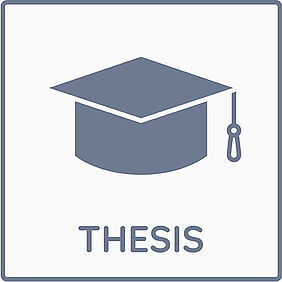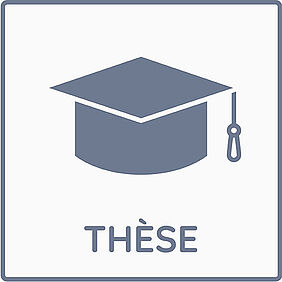Maxime Denis PhD defense
phlam Atomes froids Vie du laboratoire Soutenance de thèse Doctorants ActualitésSummary of the thesis:
This manuscript presents the realization of an experimental setup to produce Bose-Einstein condensates of potassium 41. This experiment was constructed in order to study the stricken rotator model in the presence of interactions. The choice of potassium 41 for this experiment is motivated by two reasons. The first is that the scattering length of this atom is positive (which allows easy condensation) and that it has accessible Feshbach resonances. The second is that the wavelengths of its cooling transitions can be generated by powerful frequency-doubled fiber laser sources. This has the advantage of being able to fabricate stable and robust laser systems for the laser cooling and optical trapping of potassium 41. The particularity of our system lies in the frequency generation which takes place before the high power amplification and frequency doubling steps. The development of these laser benches acting on the two cooling transitions D1 and D2 allowed the laser cooling steps to be carried out successfully. Thanks to these laser banks, a magneto-optical trap gathering 3x10^(9) atoms has been obtained. Compression and cooling with grey molasses of this magneto-optical trap allowed to reach a temperature of 16 µK and a phase space density of 10^(-6). The following evaporative cooling steps are performed successively with a quadrupole trap, a hybrid trap (quadrupole trap + optical trap) and finally a crossed optical trap. Condensates of 500 000 atoms have been observed in this crossed optical trap. We have also identified Feshbach resonances which will allow the control of the interactions. For the study of the stricken rotator, an original pulsed laser system has been designed in parallel. The realization of this system was made from a high power frequency doubled telecom pulsed laser. This system produces near-infrared laser pulses with 10 ns pulses, a repetition rate between 100 kHz and 500 kHz and an optical peak power up to 350W. This pulsed laser bench allowed us to perform the first experiments of the rotator hit of this experiment. A control of the interactions with the identified Feshbach resonances will allow us to study later the model of the stricken rotator in the presence of interactions.


